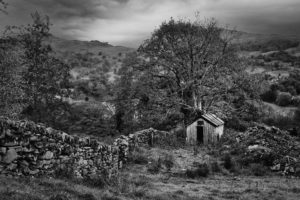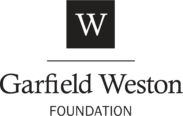Published 5 February 2020
We talk to Geoff Cox, local poet and author who is bringing his new production The Price Of Land to the Brewery 22 Feb 8pm. Unearthing the forgotten voices of the people who have shaped the Cumbrian Landscape, we ask him more about the research behind his work and why he hopes his interpretation of this iconic landscape offers up something different.
To book tickets for the production, click here.
What was the initial inspiration for writing The Price Of Land?
I’ve had a long-term concern about how few people recognise that most of our Cumbrian landscapes are man-made and how, to this day, we need farmers, forestry workers and, increasingly, charity and community groups to keep our landscapes looking the way they do. More recently, the 2018 dossier that detailed the award of UNESCO World Heritage status to the Lake District singularly failed to recognise the role of the dry-stone wallers, miners, quarryworkers, drovers, peat cutters and farmers in creating those very landscapes. The Price of Land was my attempt to give a voice to these forgotten individuals.

Can you say more about the historical research behind the production?
I did a lot of traditional research in libraries, record offices etc. around the County. That got me so far and threw up a few voices I wanted to include in the piece. These were followed-up in parish and school records to identify the final choice of people I thought that I could include. I then had to anonymise those characters because many of them have family still living in the County. For the more modern characters, particularly those from the woodland and farming communities, I spent a lot of time sitting in sheds and farmhouse kitchens, having a brew and talking about the working lives of today and in the past. The very best kind of research! The exception to this was the drover bringing cattle through Cumbria from the Borders to sales in Yorkshire. The drovers left very few records, so I was able to let my imagination run free and come up with Maggie Little, a real ‘larger-than-life’ character.
How do the stills and film projections work with the actors and as a backdrop to the narrative?
The Price of Land covers 500 years of Cumbrian history, with settings from Sellafield to Kirkby Lonsdale. We’re a huge and varied county and I asked Kendal film-maker and photographer Rich Berry to try to offer audiences a sense of just how diverse our landscapes are. This content was then filtered by award-winning director Kevin Dyer, who had the task of selecting footage to complement the action but keep the focus on the actors, and in particular the words they deliver. The results are really beautiful and add emotional impact to what is already a deeply moving piece of theatre.

Can you describe the making process behind the location-made soundtracks?
The soundtrack is the work of Barrow sound artist and composer Damian Rose. I explained to him the feelings I wanted The Price of Land to evoke in audiences. Being a musician, his response to me was, “What music were you listening to while you were writing?”. I told him, he listened, then worked with musicians John Hall (guitar and dulcimer) and Mick Willoughby (accordion and whistle) to create music and soundscapes that were a fit with the words. Again Kevin Dyer worked to bring action, words, images and soundscapes together to create the beauty you’ll see on stage.
The Cumbrian landscape is iconic within culture. Why was it such an inspiration for you and do you think your work differs from other interpretations of it?
I’ve lived in Cumbria for all of my adult life and I have a deep love for the landscapes that the County is famous for. That said, I don’t have the romantic notion that separates the natural landscape from the human. These are living and working places and we should be very careful about trying to take people out of the picture. The Price of Land is about the way landscape creates people as much as the way people create landscape. The piece sets out to give the largely-neglected working people of Cumbria a voice to tell their stories: stories that are often of prejudice and hardship. I’ve tried to illustrate how many of the contemporary social problems that rural areas face have direct parallels in the lived experience of Cumbrians over the past 500 years. These are words spoken from the hearts of real people and they express all the emotions that we, as modern day residents, may feel. I think that audiences will laugh, cry, smile, think and, hopefully, talk about what it is to be part of this place called Cumbria.







